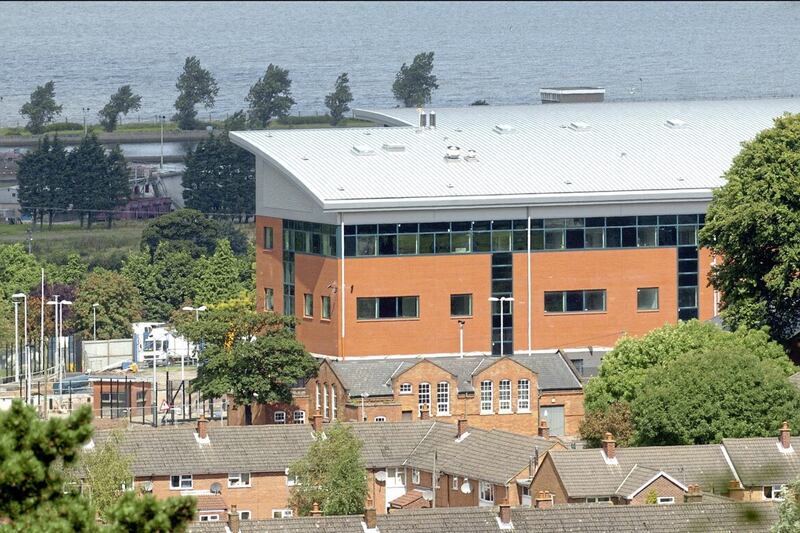In his book Big Boys’ Rules, which Jon Boutcher refers to in his interim Kenova report, Mark Urban portrayed “a maverick culture where agent handling was sometimes seen as a high stakes ‘dark art’ practised ‘off the books’”. In fact, Big Boys’ Rules meant no rules.
Boutcher reports: “There was no legal or policy framework to guide FRU or RUC agent handlers and there was a lack of oversight or supervisory mechanisms.” He goes on (page 66): “To the extent that there were any ‘rules’ they were formulated informally by those on the ground apparently without regard to the ECHR, the rule of law” or even a 1969 Home Office circular. The British government stood over that.

This absence of any moral or legal basis for the covert actions of security forces in the north lies at the heart of the so-called ‘dirty war’. Many members of the security forces were very unhappy because they knew what they sanctioned and what they were doing was not only indefensible but illegal. They repeatedly asked for guidance, including one RUC assistant chief constable raising the issue personally with Margaret Thatcher on a visit to the north. However, as Boutcher says, the British government resisted these calls for a legal framework until 1990.
The important point here is that Conservative politicians right up to cabinet level knew exactly what was going on here, were briefed on it and sanctioned it. Northern secretaries received regular detailed security updates. It’s not as if they didn’t know about allegations of collusion and IRA killings of alleged agents. The media was full of such stories. Admittedly the role of English politicians is not within Kenova’s terms of reference, but their connivance at the behaviour of the British army and MI5 can’t be ignored.
Again, because Kenova was concerned with the killings attributed to Scappaticci, another aspect of his role unexamined in the report is general information on IRA operations he passed to the security forces.
Solicitor Kevin Winters represents families directly impacted by the Operation Kenova report.

It was clear to the IRA by the mid-1980s that Belfast was leaking like a sieve so they took what turned out to be a disastrous decision for them. Some time in 1985, Northern Command decreed that all operations in Belfast had to be vetted by Internal Security. From 1986 until 1989, almost no car bombs got through to the city centre because Scappaticci forewarned his handlers. By 1990 the best the Belfast brigade could do was to bring the city to a standstill by phoning in bomb hoaxes during the rush hour.
What this also meant was that, as well as ‘playing God’ in the matter of which agents or people the IRA suspected of being agents they would allow to be killed, the security forces also decided which bombs they’d allow to reach their destinations, also bringing death, injury and destruction.
- The shadowy work of the British army’s FRU - self styled ‘fishers of men’ - revealed by Kenova reportOpens in new window
- Operation Kenova: Stakeknife cost more lives than he saved, says reportOpens in new window
- Kenova: Boutcher ‘troubled’ by ‘extremely fractious’ relationship with spy agency MI5Opens in new window
Of course it wasn’t the security forces in general but a small, tightly-knit section called the Tasking and Coordinating Group composed of RUC Special Branch, MI5, Military Intelligence and FRU. They coordinated intelligence and took the life or death decisions. From 1986-9 they sometimes knew before IRA ASUs what their targets were. Gerry Bradley, a prolific IRA operator, whose biography this columnist wrote, once complained to Scappaticci, when being debriefed after a session in Castlereagh that the police had mistakenly questioned him about an operation that hadn’t happened yet.
Conservative politicians right up to cabinet level knew exactly what was going on here, were briefed on it and sanctioned it
Most of the people at senior level in TCGs and agent handling were killed in the Mull of Kintyre helicopter crash in June 1994: the head of RUC Special Branch, four Intelligence Corps colonels, five majors and six MI5 officers. By then there were new guidelines for agent handling but the conflict was over.

Nevertheless, questions still remain about the role of Conservative politicians who oversaw the no-holds-barred dirty war. That’s why the solicitor for the widow of Anthony Braniff, killed in 1983, despite Scappaticci warning his handler, has asked the PPS to consider assessment of criminal offences at corporate or government level.
That won’t be the only case, for the complete Kenova report will reveal to as many families as possible the ‘Big Boys’ Rules’ operating in their relative’s killing.








